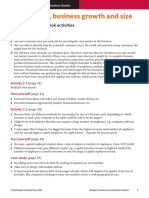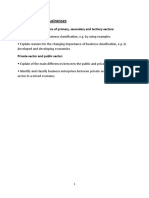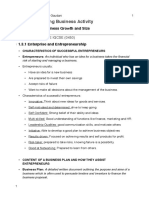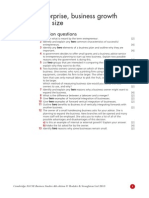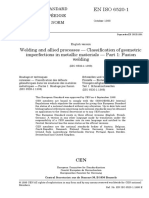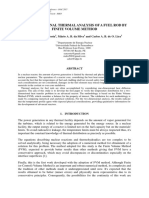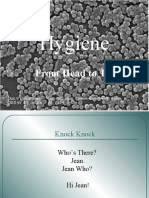75% found this document useful (4 votes)
2K views5 pagesCambridge IGCSE Business Studies
This document provides definitions and concepts related to business studies for the Cambridge IGCSE, including the factors of production (land, labor, capital, enterprise), specialization, division of labor, goods and services, profit, added value, growth, and survival. It also includes an exam-style question about a business started by Gowri to produce women's fashion clothes, asking about the meaning of business, factors of production needed, opportunity costs, advantages and disadvantages of division of labor, and whether Gowri will be able to sell all the clothes her business makes.
Uploaded by
muhammad saffan gabaCopyright
© © All Rights Reserved
We take content rights seriously. If you suspect this is your content, claim it here.
Available Formats
Download as DOCX, PDF, TXT or read online on Scribd
75% found this document useful (4 votes)
2K views5 pagesCambridge IGCSE Business Studies
This document provides definitions and concepts related to business studies for the Cambridge IGCSE, including the factors of production (land, labor, capital, enterprise), specialization, division of labor, goods and services, profit, added value, growth, and survival. It also includes an exam-style question about a business started by Gowri to produce women's fashion clothes, asking about the meaning of business, factors of production needed, opportunity costs, advantages and disadvantages of division of labor, and whether Gowri will be able to sell all the clothes her business makes.
Uploaded by
muhammad saffan gabaCopyright
© © All Rights Reserved
We take content rights seriously. If you suspect this is your content, claim it here.
Available Formats
Download as DOCX, PDF, TXT or read online on Scribd
/ 5






















